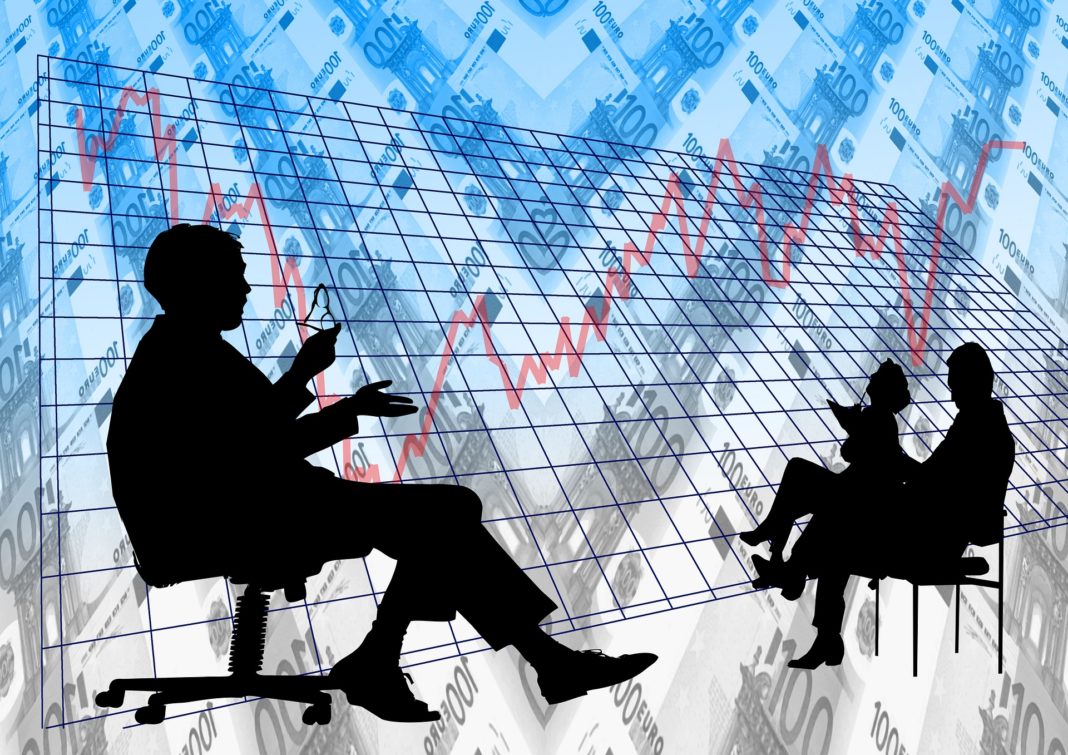The inverted yield curve is usually a sign that a recession is soon to come. In a normal environment, the interest rates on short term fixed income securities are lower than the interest rates on long term fixed income securities. When the interest rate on short term securities becomes higher than the interest rate on long term securities the yield curve is said to have been inverted. This is usually a sign of an upcoming recession. Every time the yield curve has inverted since 1955 the economy has plunged into a recession within the next 7 to 24 months. Recently this indicator has become questionable because of the high demand by foreign countries for products backed by U.S. government debt.
Here’s a list of some previous recessions and how long it took for the recession to start once the yield curve inverted:
| Recession Name | Duration | Length | # of months after inverted yield curve recession occurred |
| Recession of 1969–70 | Dec 1969-Nov 1970 | 11 months | 3 |
| 1973–75 recession | NOV 1973-Mar 1975 | 1 Year 4 Months | 7 |
| 1980 recession | Jan 1980-July 1980 | 6 Months | 15 |
| 1981–1982 recession | July 1981-Nov 1982 | 1 Year 4 Months | 10 |
| Early 1990s recession in the United States | July 1990-Mar 1991 | 8 months | 6 |
| Early 2000s recession | Mar 2001-Nov 2001 | 8 months | 9 |
| Great Recession | Dec 2007-June 2009 | 1 Year 6 Months | 9 |
The yield curve has inverted 1 time in March this year and 3 times in August of this year. Every time the curve has inverted this year the market has become more volatile in the following days. Fears of a recession have been triggering pre-mature market sell-offs.









